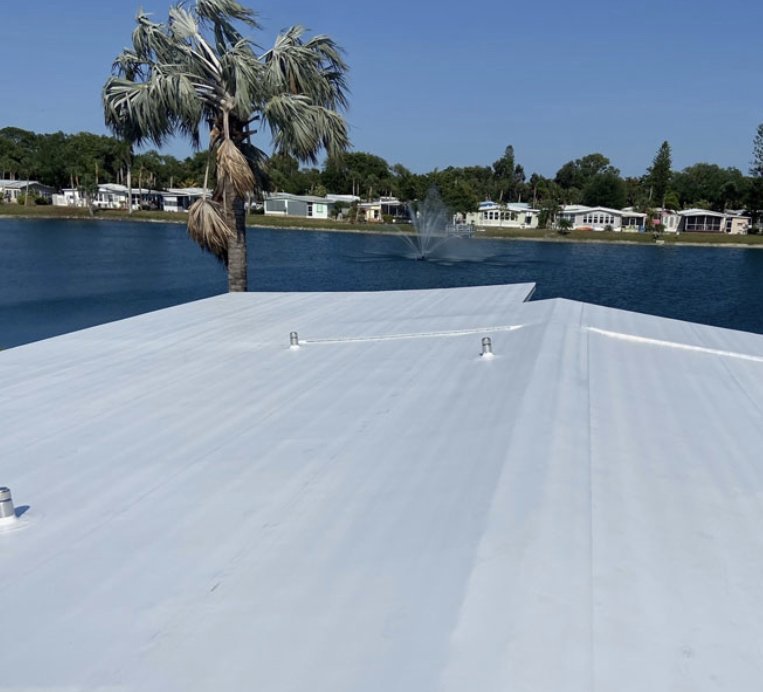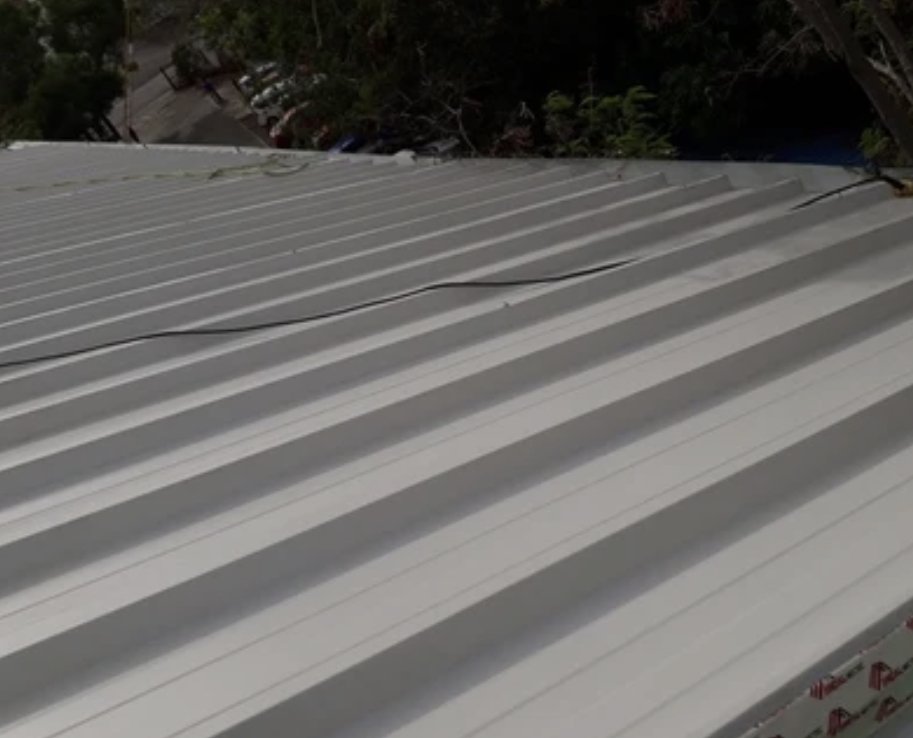
Roof Maintenance
Roofs in Florida can face unique challenges due to the state's climate, including intense sunlight, high humidity, heavy rains, and the occasional severe weather such as hurricanes. These factors can contribute to accelerated wear and tear on roofing materials compared to other regions with milder climates. While some roofing materials, such as metal and tile, can last longer in Florida's conditions, others, like asphalt shingles, may have shorter lifespans. However, with proper installation, regular maintenance, and timely repairs, roofs in Florida can still provide reliable protection for many years. It's essential for homeowners in Florida to be proactive in caring for their roofs to maximize their longevity and ensure the safety and integrity of their homes.
Average life expectancy of roofing in Florida
-

Asphalt Architectural Shingles (17-20 years)
-

Asphalt 3-Tab Shingles (12-15 years)
-

Rolled Asphalt Composition (10-12 years)
-

Rolled Asphalt (30+ years)
-

Clay/Concrete Tiles (30+ years)
-

Rubberized (10-12 years)
-

Tar & Gravel (20-25 years)
-

Insulated Fiberglass Panel (25+ years)
-

Metal (30+ years)

Different Types of Roof Structures
In Florida, hip, gable, and flat roofs are common architectural styles, each with distinct features and advantages. The choice between these roof styles in Florida often depends on factors such as architectural preferences, budget, and considerations for climate and weather conditions.
-
A hip roof has slopes on all four sides, with each side meeting at a ridge. The slopes are typically equal in length and pitch, resulting in a pyramid-like shape. Hip roofs are popular in Florida because they provide excellent stability and resistance to high winds, making them suitable for withstanding hurricanes and tropical storms. The overhanging eaves also offer added protection from the sun and rain, helping to keep the interior of the home cooler and drier.
-
A gable roof, also known as a peaked or pitched roof, has two sloping sides that meet at a central ridge, forming a triangular shape. Gable roofs are a common sight in Florida and are known for their simplicity and affordability. However, they may be more vulnerable to wind damage during hurricanes and tropical storms, especially if not properly braced or reinforced. Adequate roof overhangs and proper ventilation are essential for gable roofs to prevent water intrusion and overheating in the attic.
-
Flat roofs have a minimal slope or no slope at all, creating a horizontal or nearly horizontal surface. While less common in residential construction, flat roofs are found in some Florida homes, particularly in modern or contemporary designs. Flat roofs offer additional outdoor living space, such as rooftop decks or gardens, and can be more cost-effective to construct. However, they require regular maintenance to prevent water pooling and ensure proper drainage, especially during heavy rainfalls common in Florida.

General Roof Maintenance
-
Conduct thorough roof inspections at least twice a year, ideally before and after the hurricane season. Look for signs of damage such as missing or damaged shingles, cracked tiles, deteriorated sealant around penetrations, and rusted flashing.
-
Prior to hurricane season, inspect and reinforce your roof's structural integrity. Consider installing hurricane straps or clips to secure the roof to the structure. Trim trees and remove any loose branches that could potentially damage the roof during a storm.
-
Schedule a professional roofing inspection annually or biannually. A qualified inspector can identify issues that may not be visible to the untrained eye and provide recommendations for maintenance or repairs.
-
Perform routine maintenance tasks such as cleaning gutters and downspouts to prevent water buildup, removing debris, moss, and algae from the roof surface, and ensuring proper ventilation to prevent moisture buildup in the attic.
-
Check and maintain seals around vents, chimneys, skylights, and other roof penetrations. Inspect flashing and replace any damaged or deteriorated flashing to prevent water intrusion.
-
Consider applying a reflective coating or UV protectant to asphalt shingles to prolong their lifespan and mitigate the effects of intense sunlight.
-
Be prepared to address any roof damage promptly, especially after severe weather events. Have a plan in place and access to necessary materials and tools for temporary repairs if needed.
-
Consider upgrading to more durable roofing materials such as metal or concrete tiles, which are better suited to Florida's climate and offer longer lifespans with proper maintenance.
-
Review your homeowner's insurance policy to ensure adequate coverage for roof damage. Understand warranty terms for your roofing materials and work with reputable contractors who offer warranties on their installation work.




